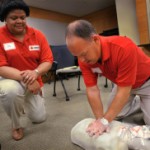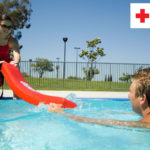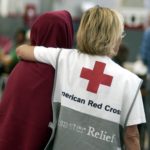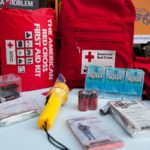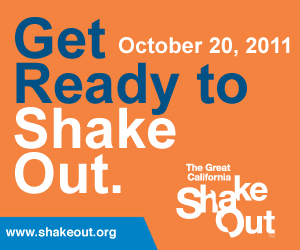Ghouls and goblins will take over the night. But even scary creatures need to be safe and celebrate Halloween right. Halloween’s greatest hazards aren’t vampires and villains, but falls, costume mishaps and automobile collisions. The Red Cross want your family to have a safe Halloween so we’re providing these tips, the Lucky 13:
1. Map out the route that you plan to roam, so adults are assured you will find your way home!
2. From the bravest of superheroes to the noblest of knights, everyone should remember to bring their flashlights!
3. If you visit a house where a stranger resides, accept treats at the door and, please, don’t go inside.
4. When you get ready to put on your disguise, use face paint instead of masks, which will cover your eyes.
5. Always remember, before you embark, to wear light-colored clothing to be seen in the dark! (And remember to use reflective tape, even on bikes, and brooms and the edges of your cape!)
6. Whether you walk, slither or sneak, do it on the sidewalks and not in the street.
7. As you roam through the neighborhood collecting your treats, please look both ways before crossing the street! (And speaking of streets, the corners are the place for trick or treaters to cross no mat- ter their pace.)
8. Wigs, capes and costumes are flammable attire, so avoid open flames to prevent a fire!
9. Use a glow stick instead of a candle so your jack-o-lantern isn’t a safety gamble!
10. You may fly on a broom or a space ship from Mars, but please be on the lookout for drivers in cars! (Between parked cars is no place to hide, be sure that you’re seen whether you’re a clown or a bride.)
11. Monsters and zombies should stay off the lawn, and only visit homes with their porch lights turned on!
12. You may be dressed as a werewolf, a cat or a frog, but be cautious around strange animals, especially dogs.
13. Have a grown-up inspect your candy when you’re done trick-or-treating to remove open packages and choking hazards before eating.




